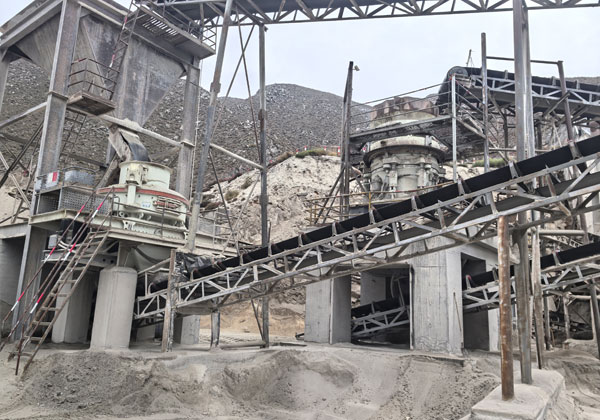Layout of crushing production line in quarry
A well-designed crushing production line in a quarry is essential for ensuring efficiency, maximizing output, and maintaining cost-effectiveness. The layout depends on various factors such as the type of material being processed, production capacity, and site conditions. A typical quarry crushing line includes primary, secondary, and tertiary crushing stages, along with screening and conveying systems. Proper planning and equipment selection can significantly enhance productivity and reduce operational costs.
The first stage of the crushing production line is the primary crushing station. This usually features a jaw crusher or a gyratory crusher, which can handle large rocks and reduce them to manageable sizes. The primary crusher is strategically positioned near the quarry face to minimize transportation costs. In some cases, a feeder is used to regulate the material flow into the crusher, ensuring a steady production rate. After primary crushing, the material is transported via conveyor belts to the next processing stage.

The secondary crushing stage further reduces the material size for better processing. Cone crushers or impact crushers are commonly used, depending on the hardness of the rock. Cone crushers are ideal for harder materials such as granite and basalt, while impact crushers are better suited for softer stones like limestone. This stage is crucial for achieving the desired aggregate size and shape. Additionally, screening equipment is often integrated to separate oversized materials that require further crushing.
In the tertiary stage, the material undergoes final refinement to meet specific grading requirements. Vertical shaft impact (VSI) crushers or high-speed cone crushers are commonly used for fine crushing. This stage ensures that aggregates have the proper shape and size for construction applications such as concrete and asphalt production. Multiple screens may be used to classify different aggregate sizes, while conveyors transport the final products to stockpiles or loading areas.
An efficient crushing production line layout optimizes workflow, reduces operational costs, and enhances safety. Proper dust suppression systems, automated controls, and routine maintenance are critical for smooth operations. Additionally, environmental considerations, such as noise and dust control, must be addressed. By carefully planning the layout and selecting the right equipment, quarry operators can maximize productivity while ensuring sustainability in their operations.
